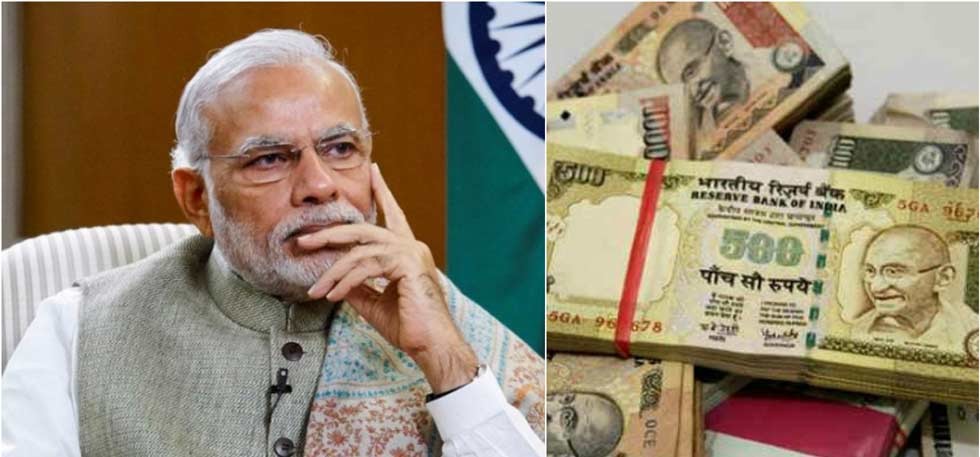Modi’s 50-Day Promise

PM Narendra Modi’s move to crack down on black money by denominating two major currencies – Rs 1000 and Rs 500 notes, took everyone, including his cabinet by surprise. “Masterstroke” echoed the economic commentators, foreign investors, and international think tanks. The aim was to combat tax cheating, counterfeiting, and corruption. It is the biggest ever demonetization exercise India has ever seen.
After this step, the picture on the streets had begun changing. Lines began forming in front of ATMs and banks which could exchange old notes for new. A mere exchange was not enough, a limit was also imposed on how much one could exchange or withdraw from their accounts. People initially welcomed this revolutionary move by the Prime Minister as they felt that the scheme indicates a strong resolve to fight the menace of black money and fake currency. While many have applauded it, there is a lot to be said about how the move is an ill-planned one. News continued to pile in about the difficulties faced by people who don’t have access to banks or ATMs or official id-proofs. The need for the government to keep the drive a secret so that tax invaders wouldn’t be alerted before the demonetization took place affected preparedness. The nation witnessed mixed opinions about the drive.
“Give me 50 days and the problem of black money will be solved. Your problems will be eased post-December 30”, assured PM Modi at a rally in Gujarat. This deadline seems to be the only constant thing Modi has kept since the demonetization was announced on November 8. But will December-end deadline ease all pains related to cash crunch? According to Reuters Estimates, it will take at least three months to replenish the 86% volume of Indian Economy that was made invalid post demonetization. It seems like the unquestioned support towards demonetization among a large section of the population has already started to dither because of the innumerable flip-flops by the RBI, lack of proper coordination between the responsible authorities, implementation of new rules every day. Post 30th December, people will like to see some actual results and consider the countless hours of lining up for cash were worth something. They would like to see whether the “masterstroke” is masterful enough to curb the black wealth. Whether the hardships have eased will be judged by the voting public by their personal experiences.
With only two days left to the 30th December, PM Modi will have to have to pass many tests from resolving the cash crunch to showing the results of the demonetization exercise- elimination of black money, corruption, and terror-funding. However, a large amount of cash seizure in new notes clearly highlights the rot and the loopholes in the banking system. With this, people have started to feel that the big fishes are getting away and the small ones are facing the brunt. The declared long-term gains are still unclear, while the immediate challenge for the government is to ensure cash shortage eases within 30th December. With the banks and ATMs still struggling to meet the cash demand of common people, changing rules and the Modi government and the opposition parties still fighting over the merits and demerits of the note ban, will it make things much tougher for the common man?
Modi may have thought of long term implications for the better interest of the nation but the time will only tell whether Modi will come up as a hero or the demonetization drive will go down in history.





